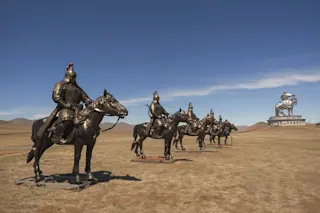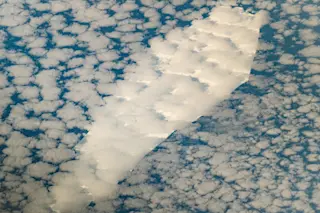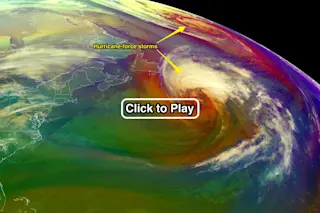From space, Earth is a magnificent sight, splashed with vivid colors, patterns, textures, and abstract forms. But such views can also reveal some of our planet's biggest problems: deforestation, urban sprawl, intensive farming, pollution and natural disasters.
In his new book, Earth from Space, aerial photographer and environmental activist Yann Arthus-Bertrand explores our planet from above. His pictures, along with insights from scientists, activists, and other experts, point out environmental and sociological problems and suggest how satellite imagery can be used to solve them.
Gallery:







